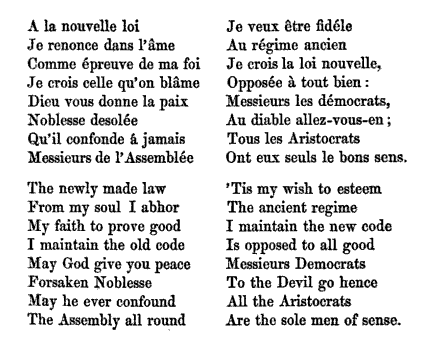
In February 1945, the British 14th Army had surrounded a mass of fleeing Japanese in a mangrove swamp in southern Burma. In the swamp were thousands of saltwater crocodiles, averaging 15 feet long, but the Japanese refused to surrender. The crisis came on the night of Feb. 19:
That night was the most horrible that any member of the [marine launch] crews ever experienced. The scattered rifle shots in the pitch black swamp punctured by the screams of wounded men crushed in the jaws of huge reptiles, and the blurred worrying sound of spinning crocodiles made a cacophony of hell that has rarely been duplicated on earth. At dawn the vultures arrived to clean up what the crocodiles had left. … Of about 1,000 Japanese soldiers that entered the swamps of Ramree, only about 20 were found alive.
That’s the account of naturalist Bruce Wright. If it’s accurate, this would be the worst crocodile attack — and indeed one of the deadliest animal attacks — in recorded history.



